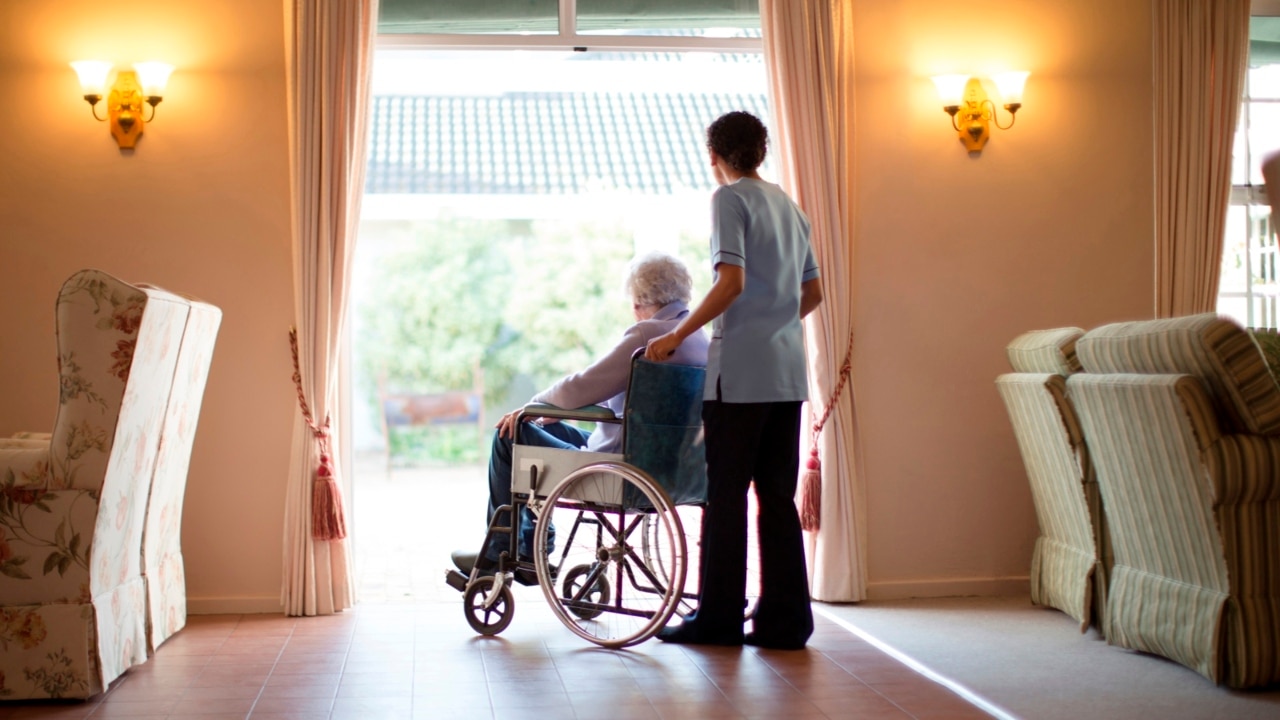Backpackers in priority lane as numbers near pre-Covid levels
Working holiday visas are being rushed through within an average of 24 hours, lifting backpacker numbers to near pre-Covid levels.

Working holiday visas are being rushed through within an average of 24 hours, lifting backpacker numbers closer to their pre-Covid levels as the government faces calls to raise the eligibility age to 50 to plug critical labour shortages and attract more skilled professionals.
Immigration Minister Andrew Giles said the number of backpackers working in the country had bounced back from lows of just 20,000 during the pandemic to about 120,000 as of last week.
Mr Giles said that, in addition to fast-tracking holiday-maker visas, he had changed the rules to allow backpackers to stay with a single employer for as long as they remained in the country rather than limiting them to one job for six months at a time, arguing Australia was in an international competition to attract talent.
“This is not simply an Australian skill shortage, so it’s important that we have our system moving effectively, because we’re in a global market,” Mr Giles said.
“We’ve got to make sure that we’re competitive with countries like Canada and like the UK.”
“And I’m really pleased that we are in that space now, that people are getting their visas turned around quickly and that employers can now approach this competence as well.”

The changes come as new figures from peak tourism bodies show more than 70 per cent of Australians will be holidaying domestically this summer, ratcheting up demand on tourism and hospitality businesses across the country which have already been struggling for months to find workers.
Tourism and Transport Forum chief executive Margy Osmond sounded the alarm, saying she was pushing the government to halve or remove all visa fees and increase the age of those eligible for working holiday visas from 35 to 50.
“A lot of businesses are still suffering in terms of getting the number of people optimal to run them,” Ms Osmond said.
“This is a massive competitive global market. Many countries have halved or removed visa fees.”
Increasing the age eligibility for working holiday visas to 50 would also give businesses a “wider pool of people with a bit more money likely to be able to afford to travel”.
“We need to fill other jobs as well. It’s not just pulling a beer at front of house; we need professionals,” Ms Osmond said.
Australian Chamber of Industry and Commerce chief executive Andrew McKellar welcomed the faster visa-processing times, but called for new requirements forcing backpackers to work in the sectors that needed them most.
“With many businesses unable to satisfy the demand for workers, the government should consider including three months of work in the tourism and hospitality sectors as qualification for extending working holiday maker visas,” Mr McKellar said.

Prior to the pandemic, Working Holiday Maker visas contributed about $3bn a year to the economy, with a usual pool of backpackers of between 150,000 and 200,000. But border closures during the Covid-19 outbreak drove down the number of working holiday visas by 85 per cent – the biggest drop of any visa class.
To fill skills shortages quickly, the government has prioritised Working Holiday Maker visas over others such as international student visas, which the Home Affairs Department in November reported were processed in about 14 days.
International students have played a major part in plugging skills gaps during the pandemic, following a move by the former government to lift the working cap of 20 hours a week.
However, higher education experts have expressed concern that the uncapped hours were creating a “de-facto work visa” for students coming to Australia primarily to earn money rather than study.
While Mr Giles said the practice of visas being used for collateral purposes was of concern and the capping of hours would return by June next year, Ms Osmond called for the uncapped hours to remain for at least all of 2023, if not longer.
“While I perfectly understand this was an interim measure because of problems we were facing, we’re not over those problems,” Ms Osmond said. “The measure should be in place for the full year. That would give industry and students certainty.”
Mr Giles said “people coming here to study should be coming here to study”.
“We have through the pandemic extended the hours that students can work,” he said. “That will continue through to 30 June (next year).
“We are constantly working with universities and other providers to make sure that the integrity of the system – and then fundamentally also the integrity of our schools and education system – is maintained.”

Mr Giles said the decision to process working holiday visas within a 24-hour timeframe was the result of new processes and investments in human resources in the department, arguing the shake-up had “finally got our visa system moving”.
“It’s got people connected to jobs and critically connected people to businesses … to address the skills shortage we are facing,” he said.
However, he recognised the challenges of backpackers getting to Australia, given the cost and availability of flights and accommodation.
“All of these are issues,” he said. “I don’t presume for a minute that changing the migration system in Australia can deal with all of these issues. But … the availability of visas … and turning around working holiday maker applications in less than a day, we are giving certainty to people who are coming here.”
Mr Giles revealed the government had fulfilled its promise to get the total visa backlog down to 600,000, with the number of visas now on hand down to about 599,000.








To join the conversation, please log in. Don't have an account? Register
Join the conversation, you are commenting as Logout